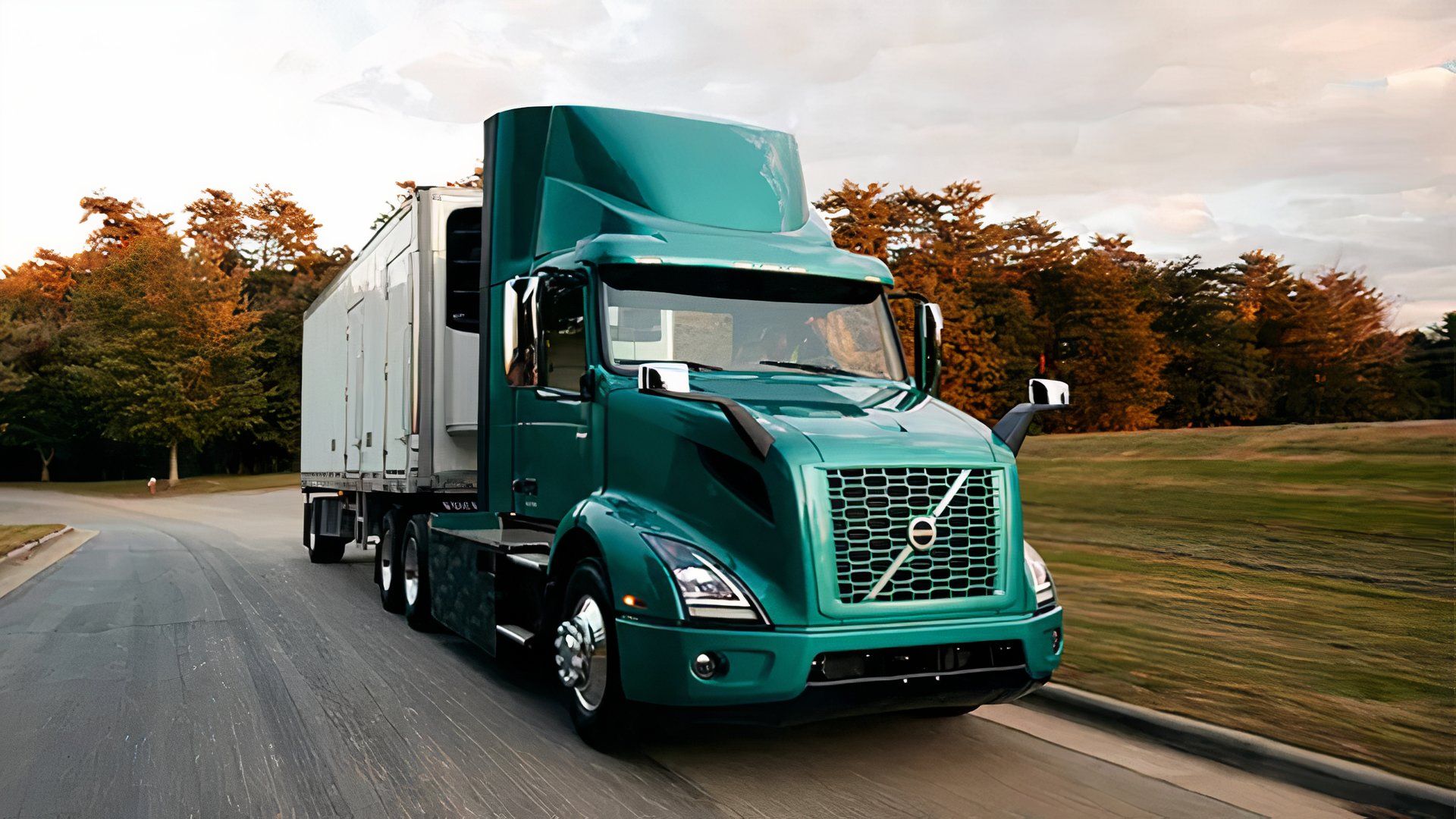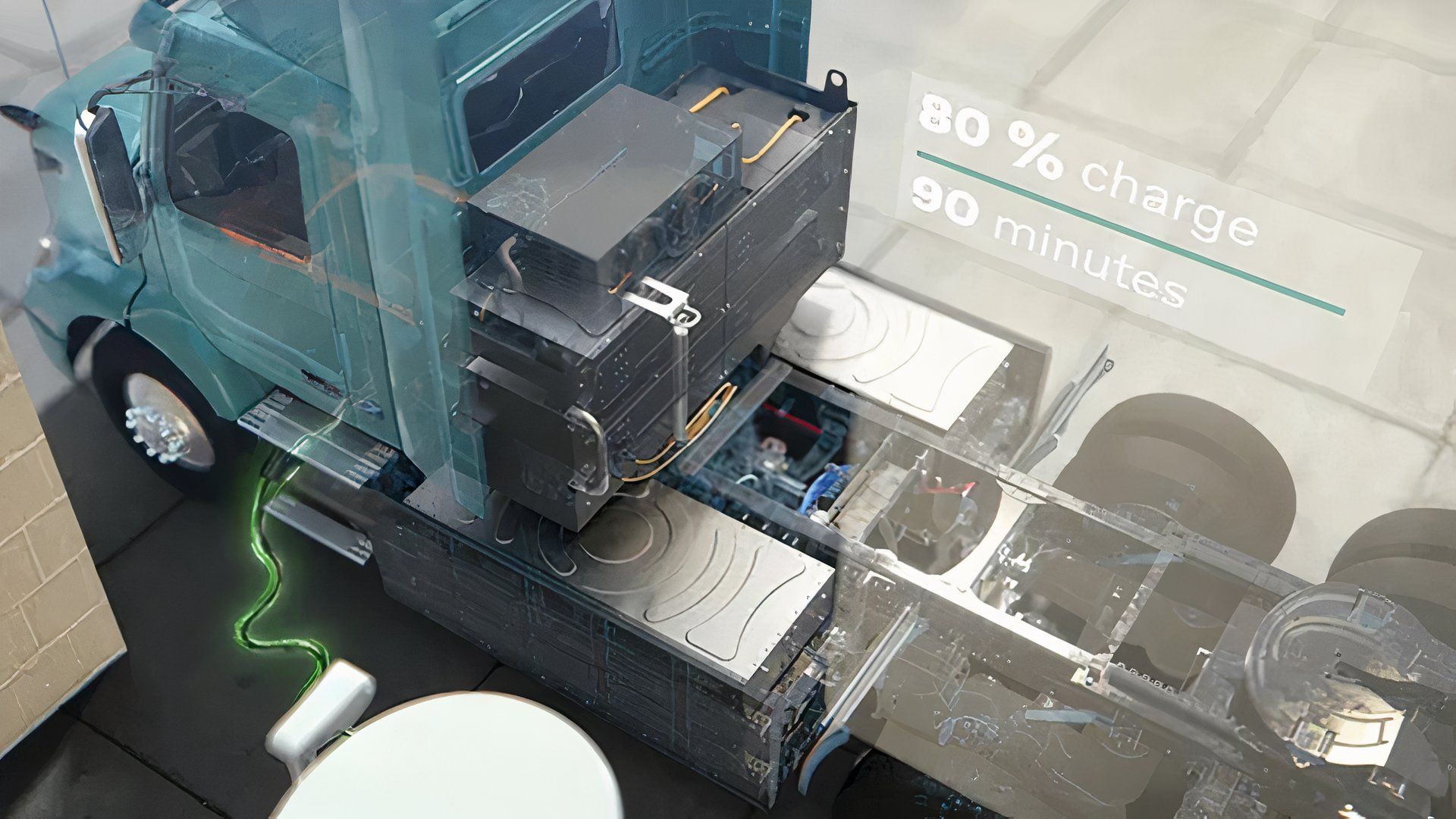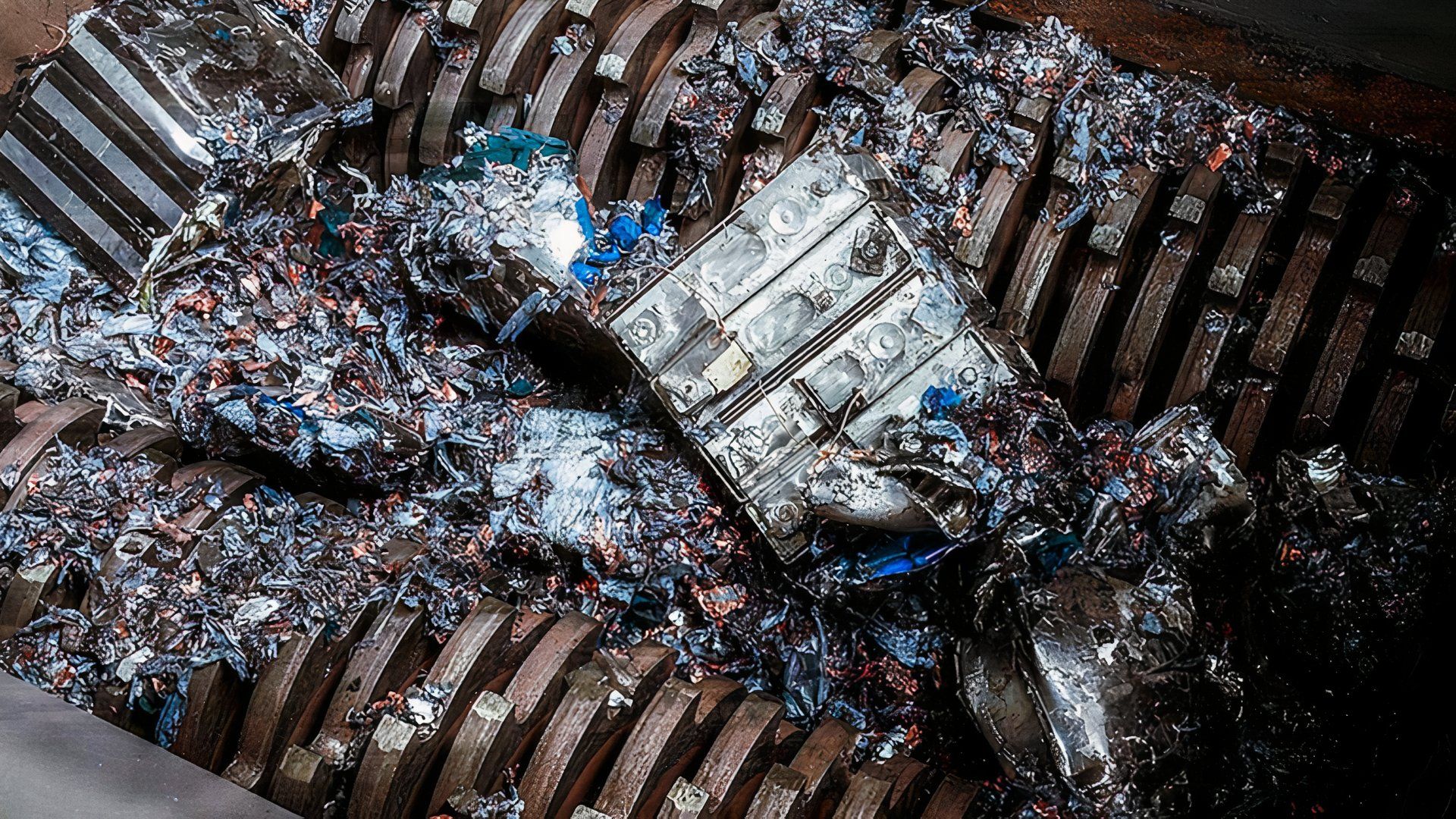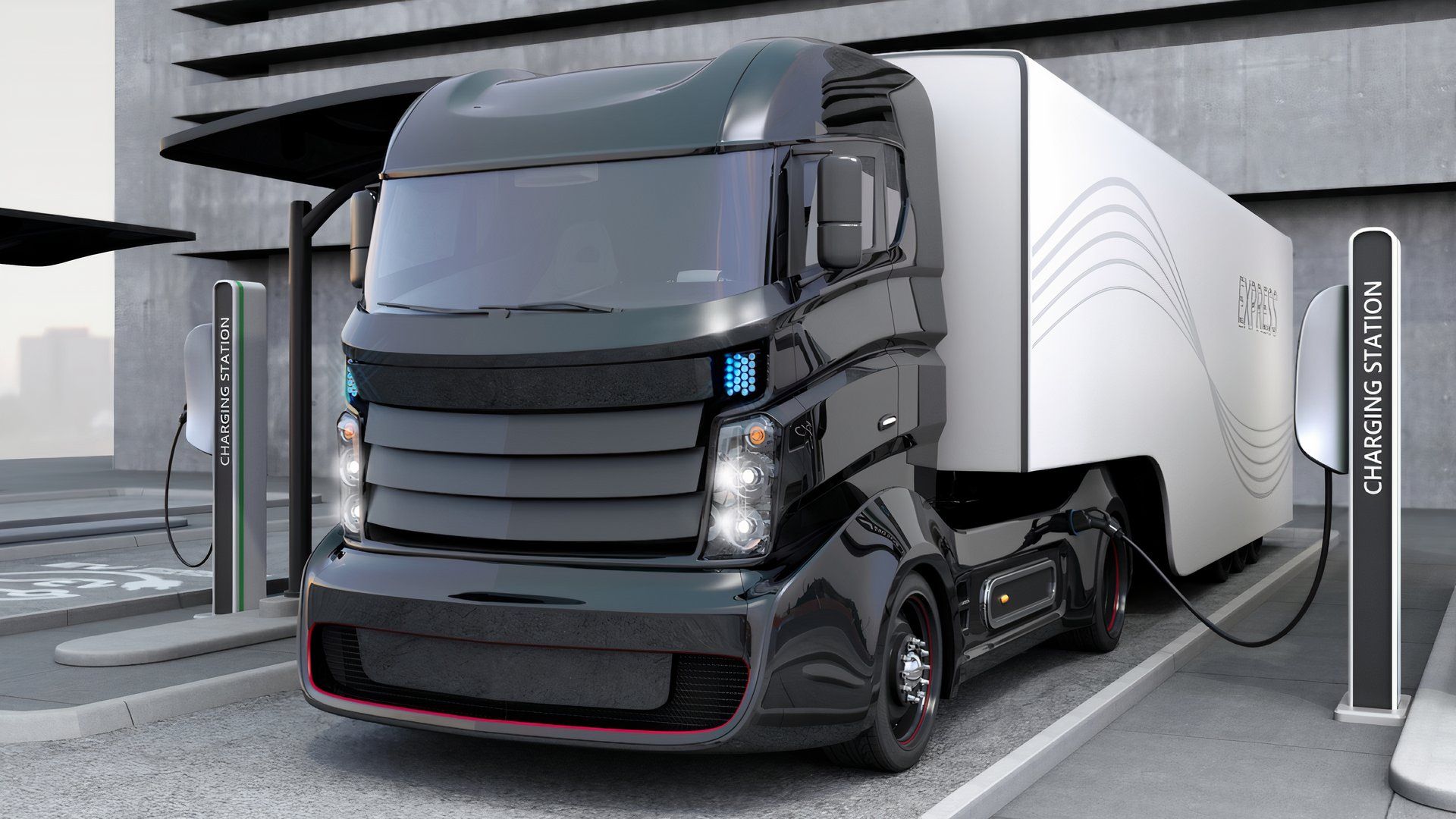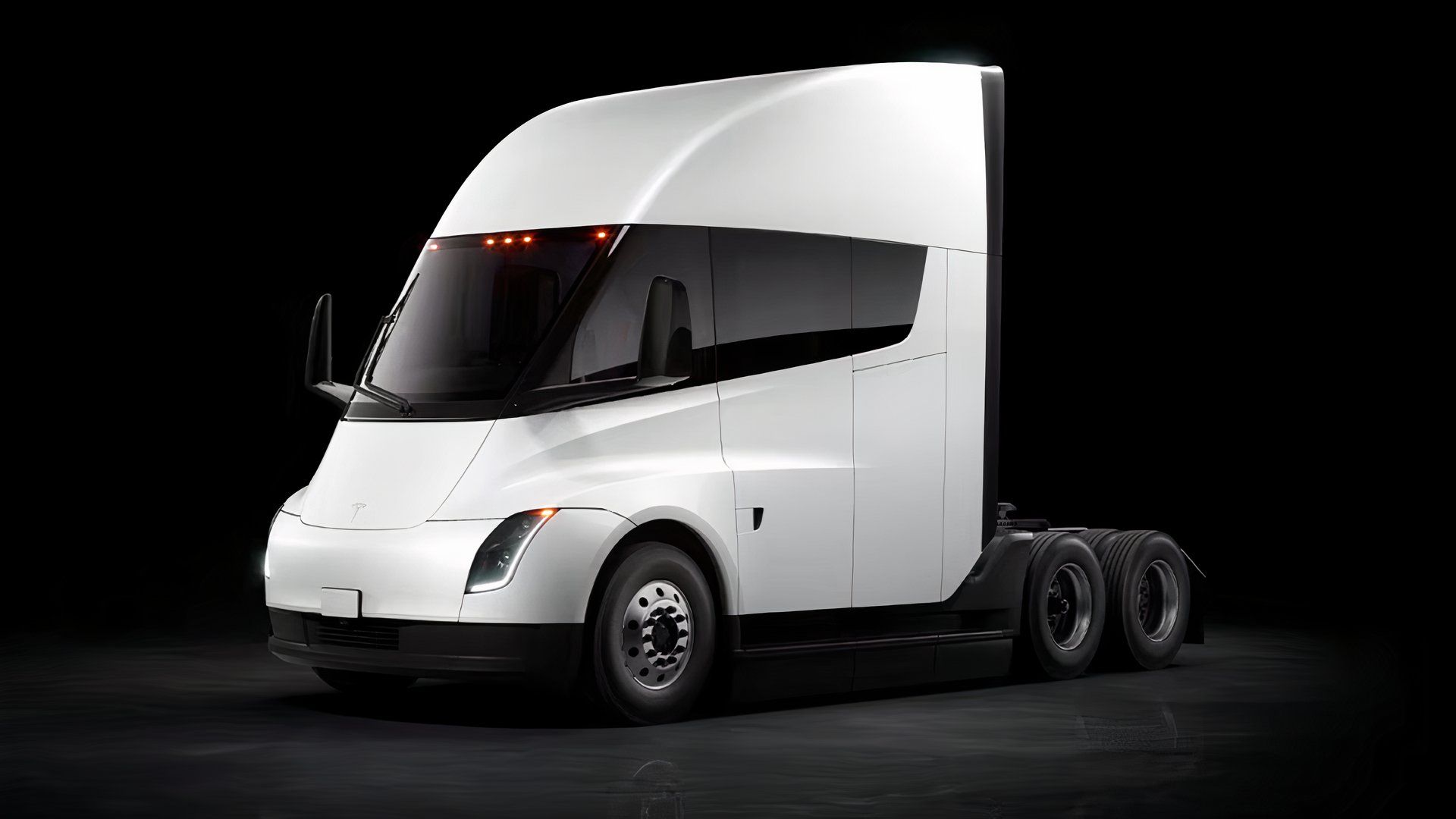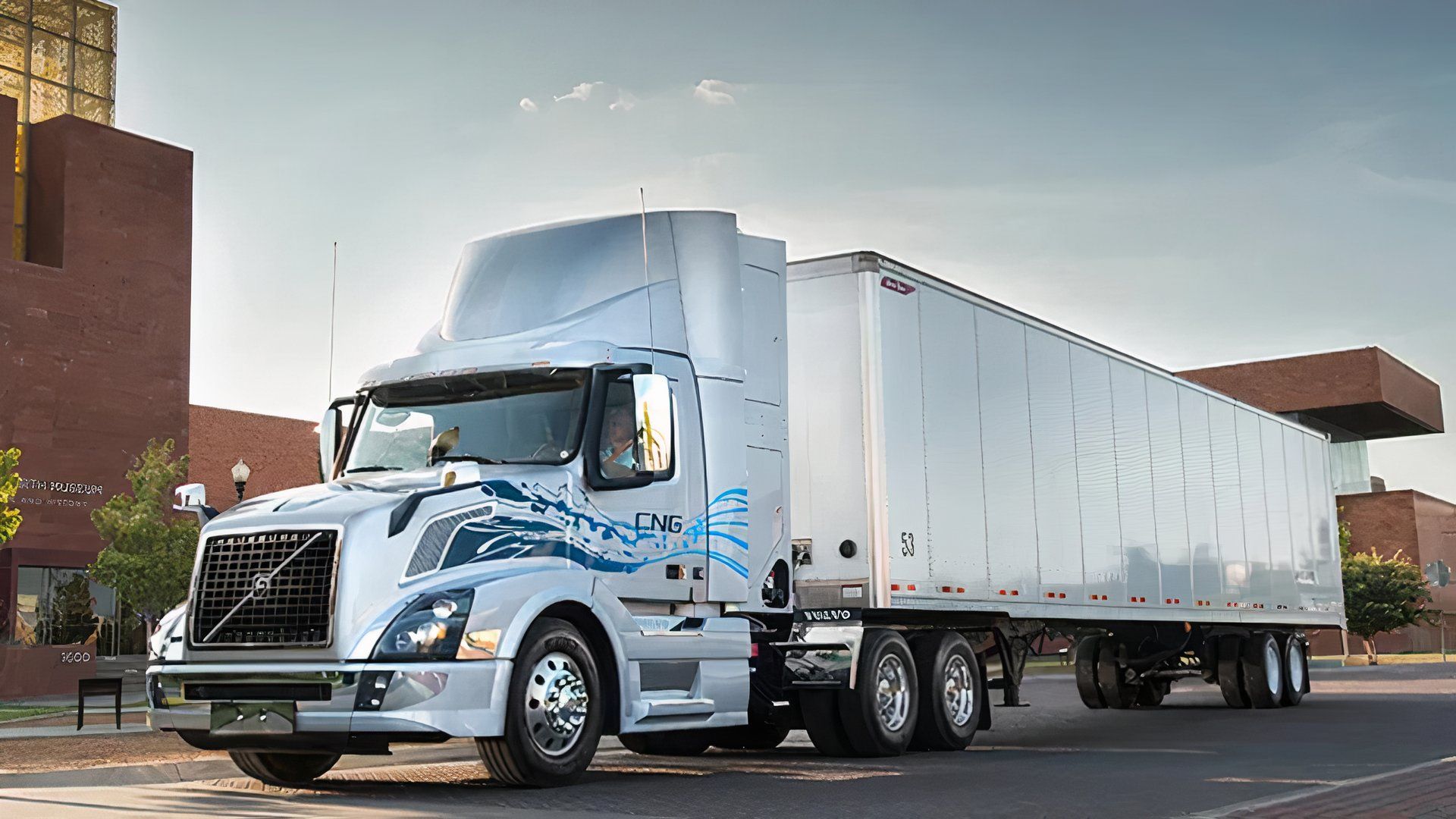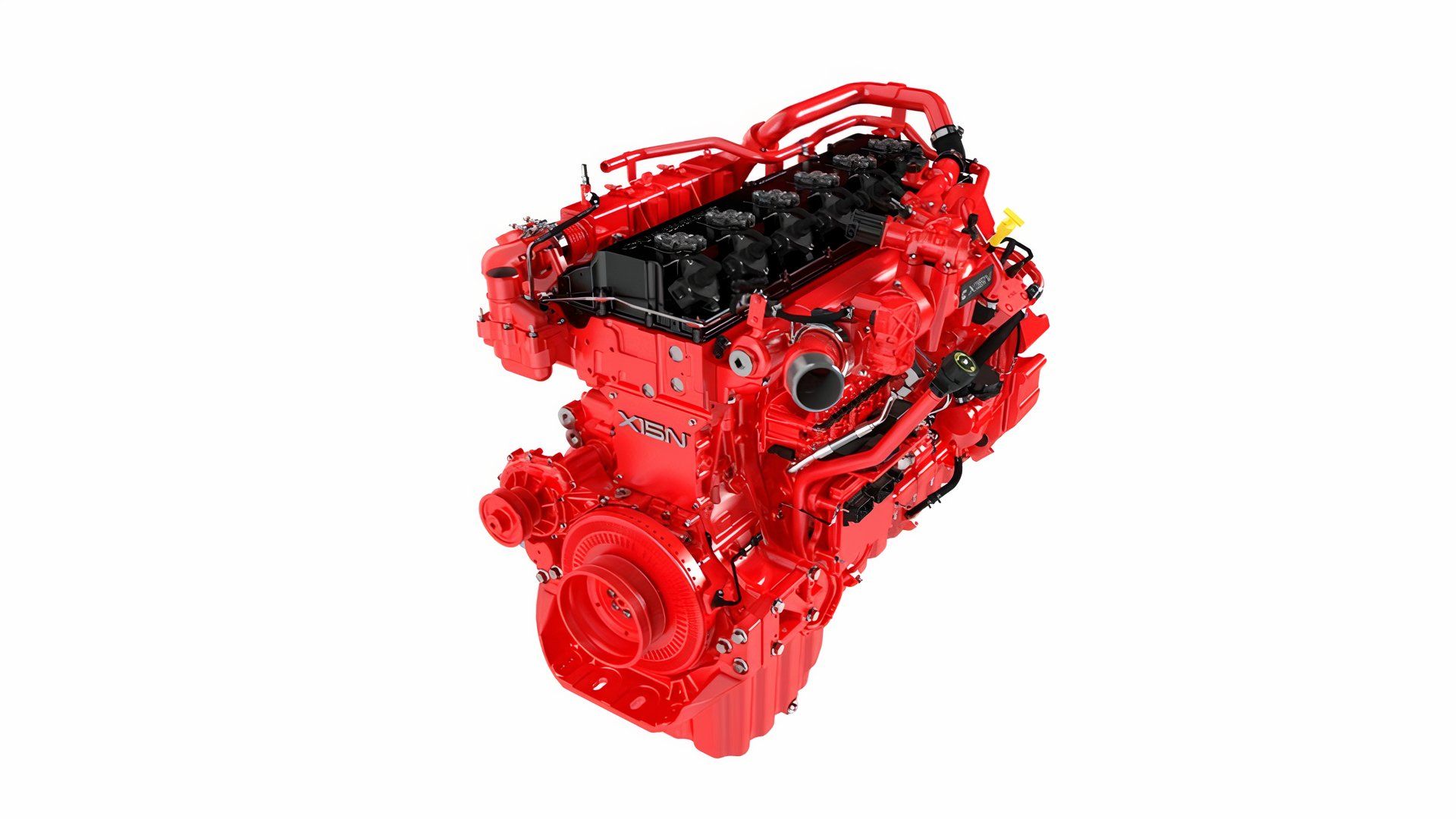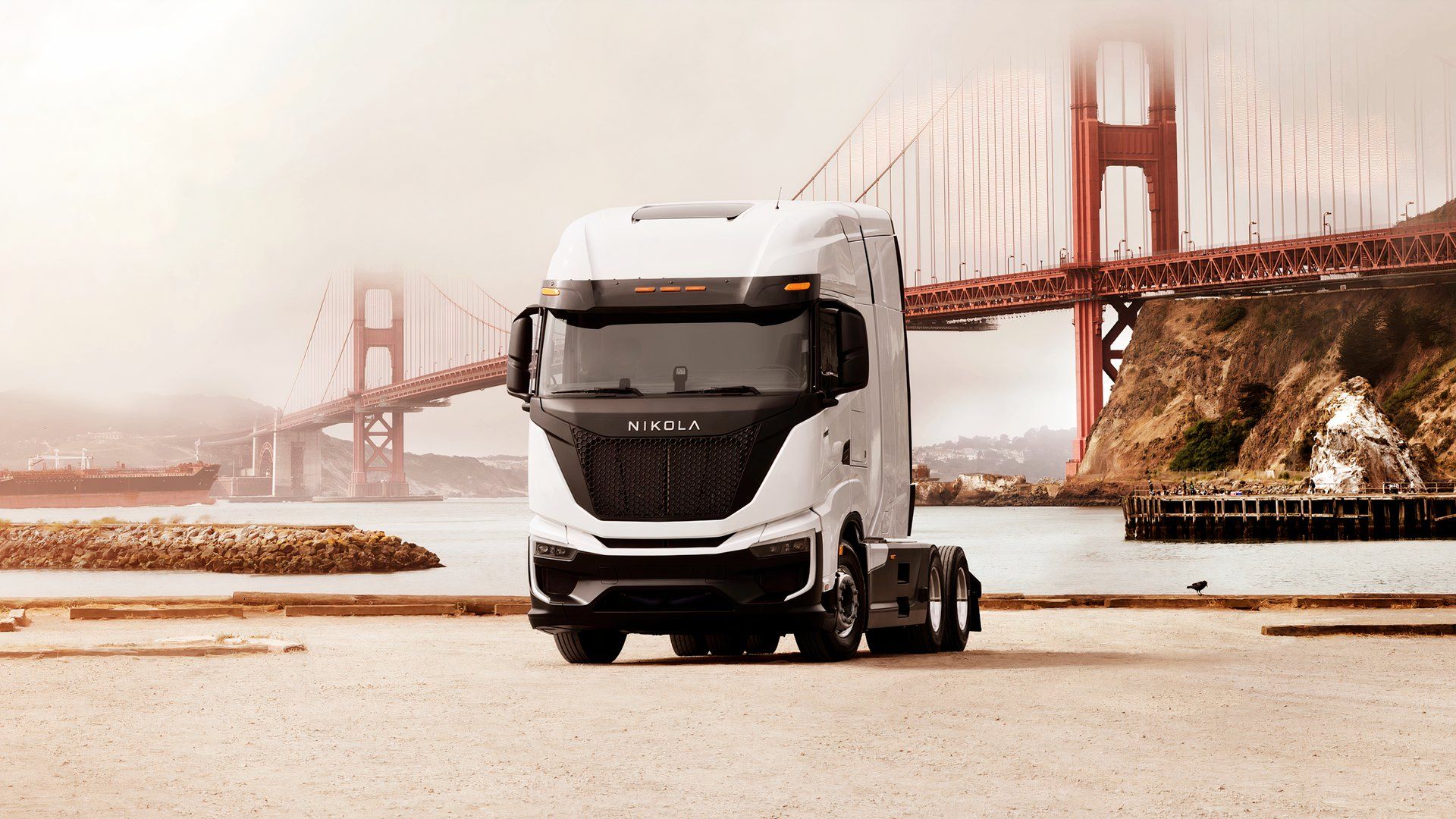
Why ICE Semi Trucks Will Never Die
Much of the discussion about electric vehicles (EVs) centers on cars like the Tesla Model Y because the proportion of trucks in the overall scheme of things is far smaller. However, trucks are larger, heavier, and emit more direct pollution than passenger cars when compared side by side. It could be because the average person isn’t going to go out and buy a semi-truck, but the issue of what to do with the world’s transport fleet in terms of the climate is an important one. While governments (and automakers) are keen for everyone to swap out their ICE-engined cars for EV versions, trucks are not such an easy fix. There are some good reasons why ICE is likely to stick around in trucks and other heavy vehicles for a long while yet. Here are some of them.
Related
Ford CEO Thinks Mega EV Batteries And Long Ranges Are Not Important
Instead, Ford will do whatever it can to keep battery sizes small and costs down.
Why Batteries Are Not Good For Semi Trucks
The obvious way for trucks to lower direct carbon dioxide (CO2) emissions would be to turn every semi-cab into an EV, just like our cars. Electric semi trucks are on sale, and more are being developed, but they don’t threaten the ICE engine’s immediate future. A few main issues apply to EV powertrains in trucks, which we’ll look at below. These are largely the same issues and challenges associated with car-based EVs, but the problems are amplified due to the weight of a semi, especially when towing a trailer. Semis are allowed a gross vehicle weight of up to 80,000 pounds in the US. For reference, a 2024 Cadillac Escalade ESV has a maximum weight of 6,200 lbs.
Issues Facing Semi EVs: Battery Weight And Energy Density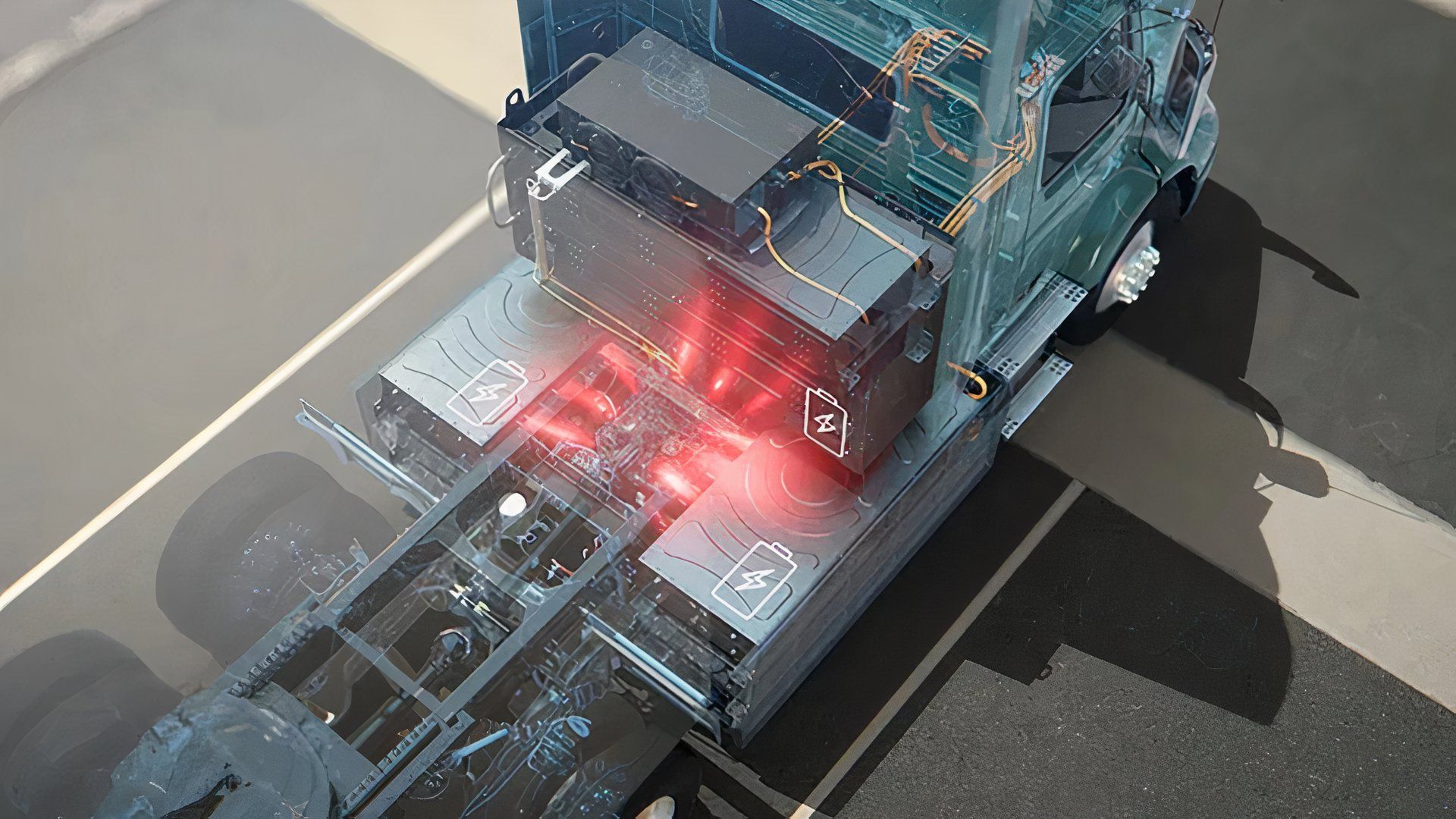
The most obvious issue with EV powertrains in semi trucks is the weight of batteries. According to EVBox, a Tesla Model S battery pack weighs about 1,200 lbs. When we scale up batteries for a semi, the increase in weight becomes a big burden on the vehicle already towing a large cargo. The electric Volvo VNR semi has a 565-kWh battery pack. A similarly equipped Tesla with the same power density would have to carry a battery weighing 6,000 lbs. In fact, according to Truck News, the VNR’s battery pack weighs 18,000 lbs. The same source says that in all, the VNR still weighs 4,000 lbs more than an equivalent diesel truck. A Cummins X15 – a popular semi-truck diesel engine – has a dry weight of around 3,000 lbs.
Gasoline and diesel are superior when it comes to trucks since the power density relative to the weight of gas or diesel is far above that of batteries. We cannot decrease the size of the batteries since the truck needs to make the same amount of power as a full-size gas or diesel engine; the only way around this is battery technology catching up in the future, allowing batteries to become much lighter.
Charging Time Means Downtime
One of the biggest issues affecting trucks – just like cars – is charging time. Sure, ICE trucks take longer to fill at gas stations than cars, but that still pales in comparison with the charging time of an EV semi. Volvo’s VNR is an electric semi-cab that is at the cutting edge of today’s EV trucks. It has more range and can charge faster than ever, but still takes 90 minutes to charge to 80%. This isn’t an issue with trucks that perform regional or local trips during the day and charge at night, but with a 275-mile range, the VNR will still likely need to charge during longer day trips, as well as continental ones.
This becomes much more of an issue with driver’s hours. Commercial drivers almost universally need to adhere to daily driving limits. In the USA, a commercial semi driver may drive 11 hours in a day, over a total consecutive period of 14 hours. That means that the driving day needs to be centered around the charging schedule, and the charging time is dead time if it cannot happen while loading/unloading. This dead time is an expensive additional cost for the freight company.
One possible solution is to provide charging sockets at all semi-truck loading/unloading stations, with the electricity cost charged to the carrier’s account via a unique code or card.
Environmental Impact Of Large Batteries
As we know, the environmental cost of batteries on the Earth is real and serious. However, most of the time, it takes a back seat to the other issues mentioned above. Many times it is ignored completely. We don’t have a solid battery recycling infrastructure in place, and much like the plastic industry, we produce new EVs at a high rate without considering where the waste will go later. EV batteries require the use of toxic materials in their production such as lead, nickel, cobalt, and lithium.
These materials present a hazard when thrown into a landfill or handled by employees in a disassembly facility. The sourcing of these materials is also linked to human rights abuses when mined. Mining for minerals is also damaging to ecosystems. A similar story is true of the environmental impact of ICE engines when oil enters the equation, but the green image of batteries is only true when taking into account direct emissions when the vehicle is driven. In all other respects, the life cycle of a battery-powered vehicle is still damaging and costly to the environment. It’s worth remembering that the electricity used to charge an EV is usually generated by fossil fuels, which is another huge negative impact on the planet.
An Insufficient Charging Infrastructure
An insufficient charging network is another issue: with so many trucks on the road, many more chargers would need to be built. Other considerations include:
- Large charging stations with space for semi trucks to maneuver and park
- High-power charging to supply enough power to charge a semi’s large battery pack in a short amount of time
- Reliable stations with chargers that can be relied on – many charging stations still suffer from downtime due to faults, vandalism, and other problems

Related
Biden-Harris Administration Dedicates Another $2.5 Billion To Expand EV Charging Infrastructure
President Biden is throwing more money at EV chargers.
The Tesla Semi: Pushing For EV Tech
Many companies are making the shift towards electric trucks due to pressure from governments and environmental groups. There are companies such as Volvo and the VNR touched on above. One of the more famous EV semis that made the headlines was the Tesla Semi. It is a purpose-built semi-cab with a futuristic interior, active safety tech, and a center-seat design. Tesla says it is good for 500 miles of range. It doesn’t have full Autopilot self-driving tech like other cars in the Tesla range currently. According to Forbes, the truck has only been rolled out to PepsiCo in a fleet of up to 100 Tesla semis. Electrive says that PepsiCo. has said that the Tesla semi performs at about 1.77 kWh per mile.
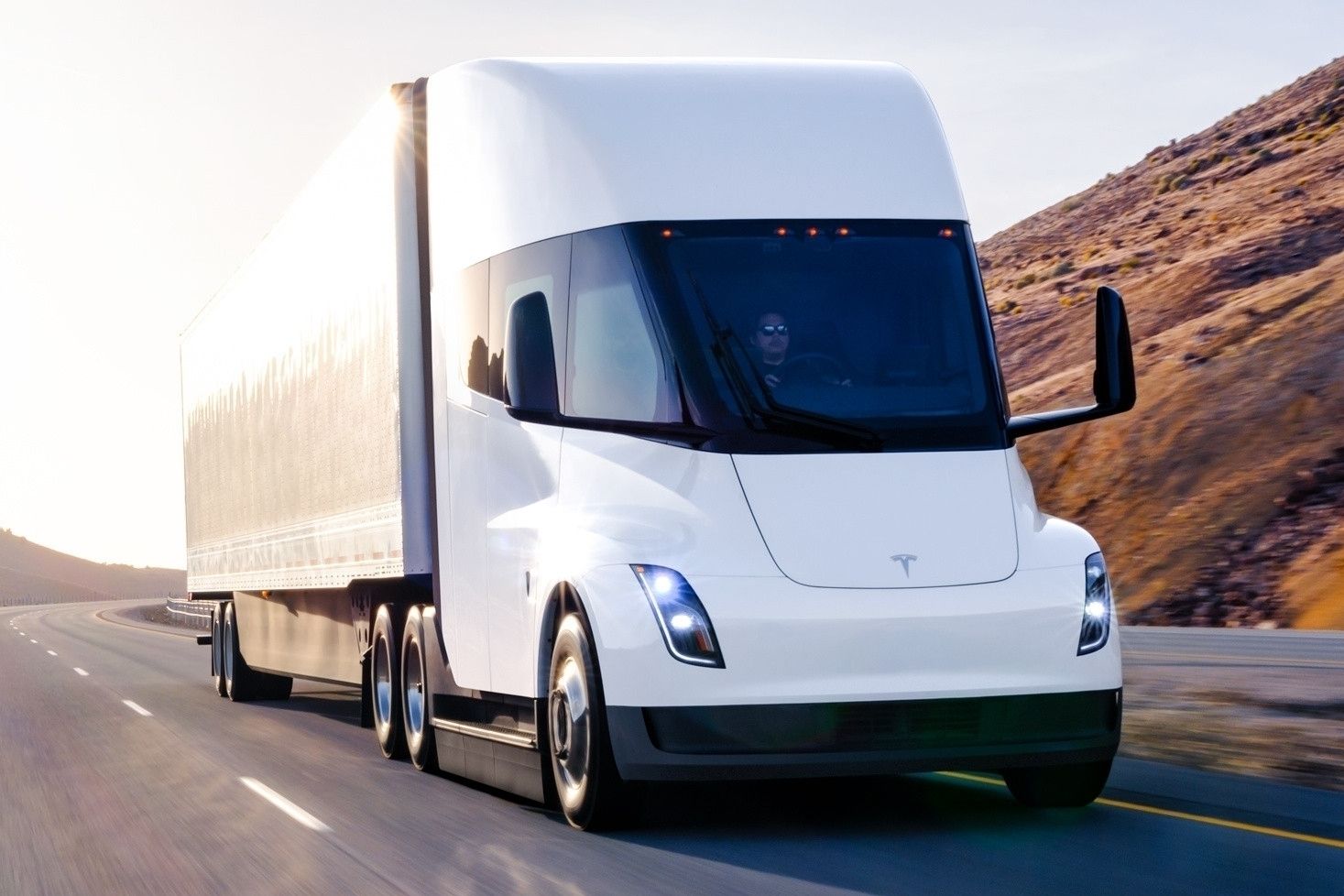
Related
Experienced Trucker Highlights Every Tesla Semi Design Flaw
Look away if you’re a Tesla fanboy.
A CO2-Free Alternative For Trucks: Hydrogen
Another method of propulsion with a green reputation is hydrogen (H2). This power source is gaining traction in cars, although it is still in its infancy compared to EVs, thanks to the almost non-existent refueling network and only a couple of models on sale, including the Toyota Mirai. It is interesting when applied to trucks because of its quick refilling time, whether as an H2 fuel cell electric vehicle (FCEV) or as an H2 combustion vehicle.
Semi truck manufacturer Nikola’s battery-electric truck has a range of 330 miles and takes 90 minutes to recharge. The Nikola ‘TRE’ hydrogen fuel cell variant has a range of 500 miles and a refuel time of 20 minutes.
Fuel cells are still electric vehicles, though, while hydrogen combustion would allow trucks to utilize powerful, tried-and-tested ICE gasoline engines while also producing no direct CO2 (but some nitrogen oxide (NOx)). Hydrogen combustion is still mostly limited to prototypes and concepts but could be the way forward. Companies, including Toyota, are working to prove the feasibility of hydrogen for combustion.
Hydrogen Is Not Often Carbon-Free
Hydrogen as a sustainable (and net-zero carbon) option is a bigger issue for discussion since how the H2 is sourced is usually carbon-intensive, requiring the use of fossil fuels in its production, distribution, and storage. There are various types of hydrogen fuel, commonly referred to as gray, blue, and green. Only the green kind is sourced in a carbon-neutral way, by using renewable energy such as wind to separate hydrogen from water. The majority of hydrogen production is not produced in this way.
Another Type Of Semi-Internal Combustion Engine: Natural Gas
Internal combustion engines are constantly improving to lower emissions and increase economy while producing as much power/torque as possible. Instead of utilizing hybrid powertrains, EV batteries, or hydrogen, there is another way—burning natural gas. Kenworth’s Cummins-equipped natural gas truck made headlines this year when it went to its first customer, UPS.
The 15-liter Cummins X15N: A Natural Gas Engine To Beat Diesel Engines
|
Engine Name |
Cummins X15N |
Cummins X15N Performance |
|---|---|---|
|
Engine Layout |
15-liter, turbocharged I6 (natural gas) |
15-liter, turbodiesel I6 |
|
Power |
500 horsepower |
565 horsepower |
|
Torque |
1,850 lb-ft of torque |
2,050 lb-ft of torque |
The Cummins X15N burns natural gas but can provide a comparable level of performance compared to similar-sized diesel engines. According to Cummins “natural gas vehicles result in a lower overall amount of greenhouse gas emissions (GHGs) and particulate matter (PM) like CO2 and NOx. The X15N’s CO2 and NOx levels are both 90% below current EPA standards”. In addition when renewable natural gas (RNG) gets used, the Cummins could have “up to a 97% reduction in CO2 and 80% reduction in greenhouse gas emissions”. This is all good news, but how common is RNG? Cummins also says that up to 70% of commercial gas vehicles in the US use RNG. Although natural gas engines are more of an interim solution, they are just one area in which automakers and truckmakers are working to improve and extend the usefulness of the internal combustion engine, since it is linked inextricably to the world of trucks – because it gets the job done.
Sources: Tesla, Volvo, Cummins, RMI, The Guardian, The Mint Magazine, EVBox, Nikola, Truck News, TopSpeed, HotCars

